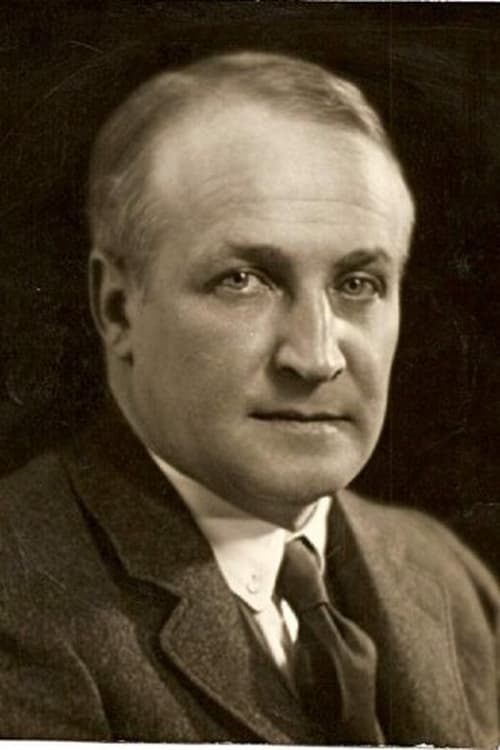Robert Flaherty
Birth : 1884-02-16, Iron Mountain, Michigan, USA
Death : 1951-07-23
History
Robert Joseph Flaherty, FRGS (/ˈflæ.ərti, ˈflɑː-/; February 16, 1884 – July 23, 1951) was an American filmmaker who directed and produced the first commercially successful feature-length documentary film, Nanook of the North (1922). The film made his reputation and nothing in his later life fully equaled its success, although he continued the development of this new genre of narrative documentary with Moana (1926), set in the South Seas, and Man of Aran (1934), filmed in Ireland's Aran Islands. Flaherty is considered the "father" of both the documentary and the ethnographic film.
Description above from the Wikipedia article Robert J. Flaherty, licensed under CC-BY-SA, full list of contributors on Wikipedia.

Producer
The life and works of the great artist Michelangelo Buonarroti are shown against the historical background of his time. It begins with his earliest artworks, and follows his life and career as he achieves lasting fame. The documentary includes detailed looks at some of the artist's most renowned creations.

Director
The life and works of the great artist Michelangelo Buonarroti are shown against the historical background of his time. It begins with his earliest artworks, and follows his life and career as he achieves lasting fame. The documentary includes detailed looks at some of the artist's most renowned creations.

Director
Put together from the pictorial space in the artwork. Flaherty was commissioned by MoMA and subsequently filmed Guernica, disregarding any external reference to the painting.
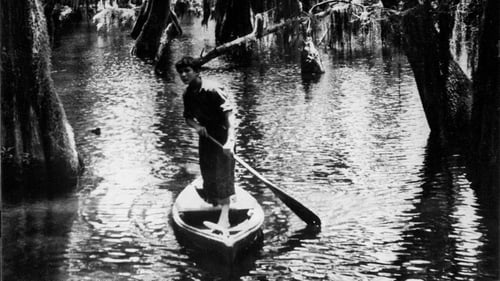
Screenplay
The idyllic life of a young Cajun boy and his pet raccoon is disrupted when the tranquility of the bayou is broken by an oil well drilling near his home.

Producer
The idyllic life of a young Cajun boy and his pet raccoon is disrupted when the tranquility of the bayou is broken by an oil well drilling near his home.

Director
The idyllic life of a young Cajun boy and his pet raccoon is disrupted when the tranquility of the bayou is broken by an oil well drilling near his home.
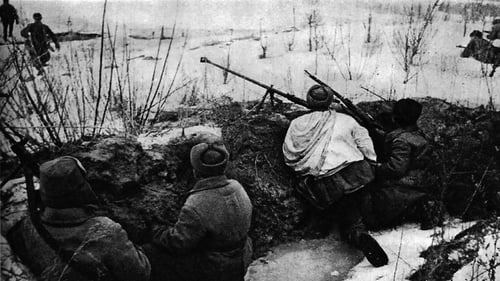
Director of Photography
The fifth film of Frank Capra's Why We Fight propaganda film series, revealing the nature and process of the fight between the Soviet Union and Germany in the Second World War.
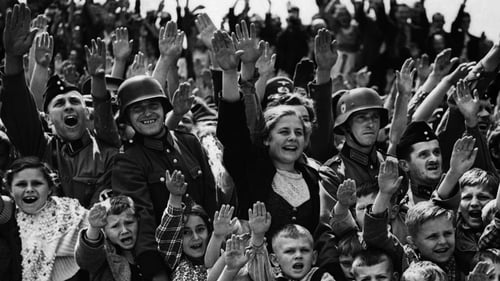
Director of Photography
The second film of Frank Capra's Why We Fight propaganda film series. It introduces Germany as a nation whose aggressive ambitions began in 1863 with Otto von Bismarck and the Nazis as its latest incarnation.
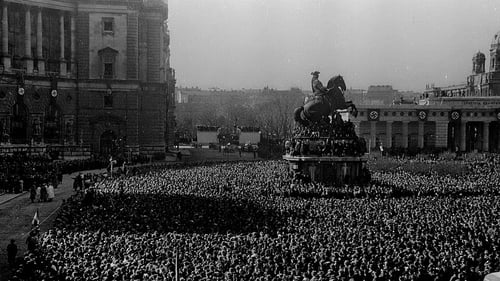
Director of Photography
Prelude to War was the first film of Frank Capra's Why We Fight propaganda film series, commissioned by the Pentagon and George C. Marshall. It was made to convince American troops of the necessity of combating the Axis Powers during World War II. This film examines the differences between democratic and fascist states.

Director of Photography
Documentary showing the poor state that American agriculture had fallen into during the Great Depression.

Writer
Documentary showing the poor state that American agriculture had fallen into during the Great Depression.

Narrator (voice)
Documentary showing the poor state that American agriculture had fallen into during the Great Depression.

Director
Documentary showing the poor state that American agriculture had fallen into during the Great Depression.
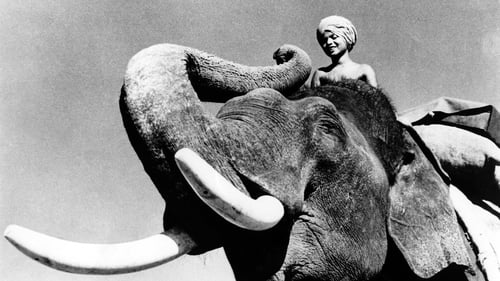
Director
Robert Flaherty and Zoltán Korda shared best director honors at the Venice Film Festival for collaborating on this charming translation of Rudyard Kipling’s “Jungle Book” story “Toomai of the Elephants.” A harmonious mix of the two filmmakers’ styles, Flaherty's adeptness at ethnographic documentary meeting Korda's taste for grand adventure, ELEPHANT BOY also served as the breakthrough showcase for the thirteen-year-old Sabu, whose beaming performance as a young mahout leading the British on an expedition made him a major international star.

Director of Photography
A well known storyteller, Tomas O' Diorain tells tales of the sea around a fire in an old Irish cottage. His storytelling is juxtaposed with images of the sea. This film, thought lost was rediscovered by Houghton Library curators during a cataloging update in 2013.

Director
A well known storyteller, Tomas O' Diorain tells tales of the sea around a fire in an old Irish cottage. His storytelling is juxtaposed with images of the sea. This film, thought lost was rediscovered by Houghton Library curators during a cataloging update in 2013.
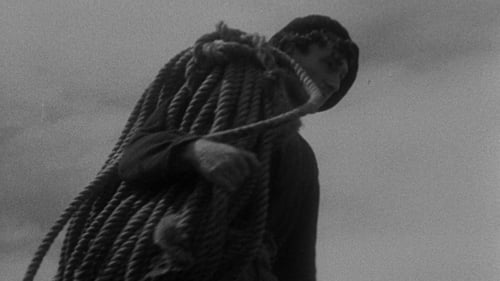
Director of Photography
A documentary on the life of the people of the Aran Islands, who were believed to contain the essence of the ancient Irish life, represented by a pure uncorrupted peasant existence centred around the struggle between man and his hostile but magnificent surroundings. A blend of documentary and fictional narrative, the film captures the everyday trials of life on Ireland's unforgiving Aran Islands.

Writer
A documentary on the life of the people of the Aran Islands, who were believed to contain the essence of the ancient Irish life, represented by a pure uncorrupted peasant existence centred around the struggle between man and his hostile but magnificent surroundings. A blend of documentary and fictional narrative, the film captures the everyday trials of life on Ireland's unforgiving Aran Islands.

Director
A documentary on the life of the people of the Aran Islands, who were believed to contain the essence of the ancient Irish life, represented by a pure uncorrupted peasant existence centred around the struggle between man and his hostile but magnificent surroundings. A blend of documentary and fictional narrative, the film captures the everyday trials of life on Ireland's unforgiving Aran Islands.

Director
A short, silent documentary by Robert J. Flaherty about pottery in England.

Director of Photography
Grierson set out to make "propaganda," and this film--with it's voice-over proclaiming the great value of the British industrial worker, without a hint of ambiguity or doubt--fits that category well. The authoritatarian narrator feels out-of-date and unsophisticated, but the footage is well shot and interesting, and the transparency of the propaganda aspect is almost a reflief at a time when so many films have hidden agendas.

Producer
Grierson set out to make "propaganda," and this film--with it's voice-over proclaiming the great value of the British industrial worker, without a hint of ambiguity or doubt--fits that category well. The authoritatarian narrator feels out-of-date and unsophisticated, but the footage is well shot and interesting, and the transparency of the propaganda aspect is almost a reflief at a time when so many films have hidden agendas.

Director
Grierson set out to make "propaganda," and this film--with it's voice-over proclaiming the great value of the British industrial worker, without a hint of ambiguity or doubt--fits that category well. The authoritatarian narrator feels out-of-date and unsophisticated, but the footage is well shot and interesting, and the transparency of the propaganda aspect is almost a reflief at a time when so many films have hidden agendas.

Screenplay
The youngsters Matahi and Reri are in love with each other. The old warrior Hitu announces that Reri is to be the new chosen virgin for the gods. This means she must stay untouched, otherwise she and her lover will be killed. But Matahi abducts and escapes with her to an island ruled by the white man, where their gods would be harmless and powerless.

Producer
The youngsters Matahi and Reri are in love with each other. The old warrior Hitu announces that Reri is to be the new chosen virgin for the gods. This means she must stay untouched, otherwise she and her lover will be killed. But Matahi abducts and escapes with her to an island ruled by the white man, where their gods would be harmless and powerless.
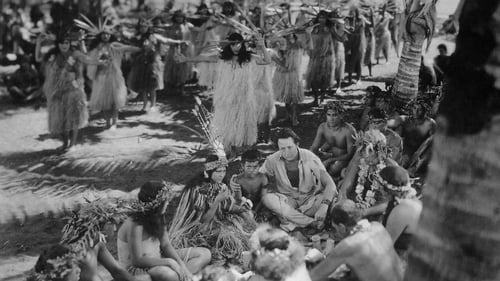
Co-Director
An alcoholic doctor on a Polynesian island, disgusted by white exploitation of the natives, finds himself marooned on a pristinely beautiful island.

Director of Photography
A visual celebration of Manhattan and its waterways on the 300th anniversary of purchase from the local Native Americans.

Editor
A visual celebration of Manhattan and its waterways on the 300th anniversary of purchase from the local Native Americans.

Producer
A visual celebration of Manhattan and its waterways on the 300th anniversary of purchase from the local Native Americans.

Director
A visual celebration of Manhattan and its waterways on the 300th anniversary of purchase from the local Native Americans.

Director of Photography
Robert J. Flaherty's South Seas follow-up to Nanook of the North is a Gauguin idyll moved by "pride of beauty... pride of strength."

Editor
Robert J. Flaherty's South Seas follow-up to Nanook of the North is a Gauguin idyll moved by "pride of beauty... pride of strength."

Producer
Robert J. Flaherty's South Seas follow-up to Nanook of the North is a Gauguin idyll moved by "pride of beauty... pride of strength."

Screenplay
Robert J. Flaherty's South Seas follow-up to Nanook of the North is a Gauguin idyll moved by "pride of beauty... pride of strength."

Director
Robert J. Flaherty's South Seas follow-up to Nanook of the North is a Gauguin idyll moved by "pride of beauty... pride of strength."

Director
A little girl watches the craftsman at work while inter-titles explain the particulars of pottery-making.
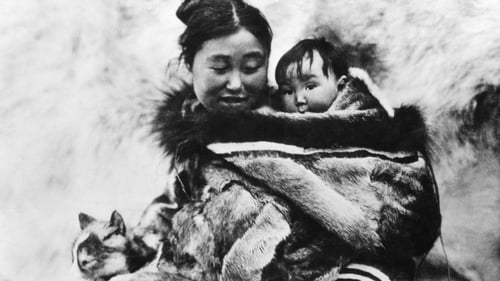
Writer
This pioneering documentary film depicts the lives of the indigenous Inuit people of Canada's northern Quebec region. Although the production contains some fictional elements, it vividly shows how its resourceful subjects survive in such a harsh climate, revealing how they construct their igloo homes and find food by hunting and fishing. The film also captures the beautiful, if unforgiving, frozen landscape of the Great White North, far removed from conventional civilization.

Editor
This pioneering documentary film depicts the lives of the indigenous Inuit people of Canada's northern Quebec region. Although the production contains some fictional elements, it vividly shows how its resourceful subjects survive in such a harsh climate, revealing how they construct their igloo homes and find food by hunting and fishing. The film also captures the beautiful, if unforgiving, frozen landscape of the Great White North, far removed from conventional civilization.

Director of Photography
This pioneering documentary film depicts the lives of the indigenous Inuit people of Canada's northern Quebec region. Although the production contains some fictional elements, it vividly shows how its resourceful subjects survive in such a harsh climate, revealing how they construct their igloo homes and find food by hunting and fishing. The film also captures the beautiful, if unforgiving, frozen landscape of the Great White North, far removed from conventional civilization.

Producer
This pioneering documentary film depicts the lives of the indigenous Inuit people of Canada's northern Quebec region. Although the production contains some fictional elements, it vividly shows how its resourceful subjects survive in such a harsh climate, revealing how they construct their igloo homes and find food by hunting and fishing. The film also captures the beautiful, if unforgiving, frozen landscape of the Great White North, far removed from conventional civilization.

Director
This pioneering documentary film depicts the lives of the indigenous Inuit people of Canada's northern Quebec region. Although the production contains some fictional elements, it vividly shows how its resourceful subjects survive in such a harsh climate, revealing how they construct their igloo homes and find food by hunting and fishing. The film also captures the beautiful, if unforgiving, frozen landscape of the Great White North, far removed from conventional civilization.

Director
Illustrated travel lecture directed by Robert J. Flaherty, composed of film shot during his time with the Inuit in 1914-1915. After enthusiastic reception, the entire film stock was burned in an accident in 1916 leaving this a lost film. Soon after, Flaherty would return to the Inuit to reimagine his project as Nanook of the North (1922).
